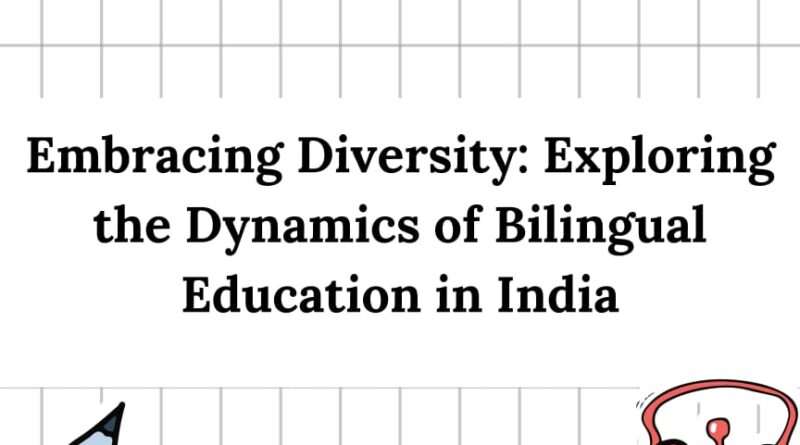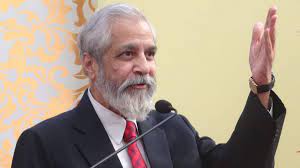Title: Embracing Diversity: Exploring the Dynamics of Bilingual Education in India
Introduction:
India, with its rich tapestry of languages and cultures, has embarked on a journey to integrate bilingual education into its diverse educational landscape. This article delves into the intricacies of the bilingual education system in India, examining its historical context, current status, benefits, challenges, and potential recommendations for further enhancement.
Historical Context:
India’s linguistic diversity has been a defining characteristic throughout its history. The country is home to numerous languages, each with its unique cultural significance. The roots of bilingual education in India can be traced back to the constitutional recognition of multiple languages, ensuring the preservation and promotion of linguistic diversity.
Current Status:
The bilingual education system in India operates at various levels, from primary schools to higher education institutions. Different states have adopted bilingual or multilingual approaches based on the linguistic composition of their populations. The Three-Language Formula, endorsed by the National Policy on Education, encourages the learning of Hindi, English, and the regional language, fostering a multilingual ethos.
Benefits of Bilingual Education:
Preservation of Cultural Heritage: Bilingual education plays a pivotal role in preserving and promoting India’s rich cultural heritage by ensuring the continuity of regional languages and dialects.
Cognitive Advantages: Research suggests that bilingualism enhances cognitive abilities, including problem-solving, multitasking, and creativity. Students exposed to multiple languages often exhibit improved analytical skills.
Global Competence: Proficiency in English, often a component of bilingual education, equips students to navigate the globalized world, fostering better communication and enhancing career prospects.
Inclusive Learning: Bilingual education promotes inclusivity by accommodating students from diverse linguistic backgrounds, fostering a sense of belonging and equity in the educational system.
Challenges:
Infrastructure Disparities: Disparities in educational infrastructure, particularly in rural areas, pose a challenge to the effective implementation of bilingual education. Limited resources and trained educators hinder the quality of language instruction.
Standardization Issues: Achieving a balance between regional languages and the national languages (Hindi and English) proves challenging. Standardizing bilingual education across diverse linguistic regions requires careful planning and consideration.
Teacher Training: The success of bilingual education hinges on well-trained educators. There is a need for comprehensive teacher training programs that equip instructors to effectively implement bilingual teaching methods.
Recommendations for Enhancement:
Investment in Infrastructure: Addressing disparities in educational infrastructure is paramount. Increased investment in rural schools, teacher training, and the development of educational materials in regional languages can contribute to the success of bilingual education.
Curricular Flexibility: Introducing flexibility in curricula to accommodate regional languages without compromising the national language standards is essential. Tailoring educational content to local contexts can enhance the relevance of bilingual education.
Continuous Evaluation: Establishing mechanisms for continuous evaluation and feedback is crucial. Regular assessments of the effectiveness of bilingual education programs can inform policymakers and educators, guiding ongoing improvements.
Conclusion:
As India continues to navigate the complexities of its bilingual education system, the emphasis on linguistic diversity, cognitive benefits, and global competence remains crucial. Addressing challenges through strategic investments, curriculum flexibility, and ongoing evaluation can pave the way for a more inclusive, effective, and culturally enriched bilingual education system in India.





